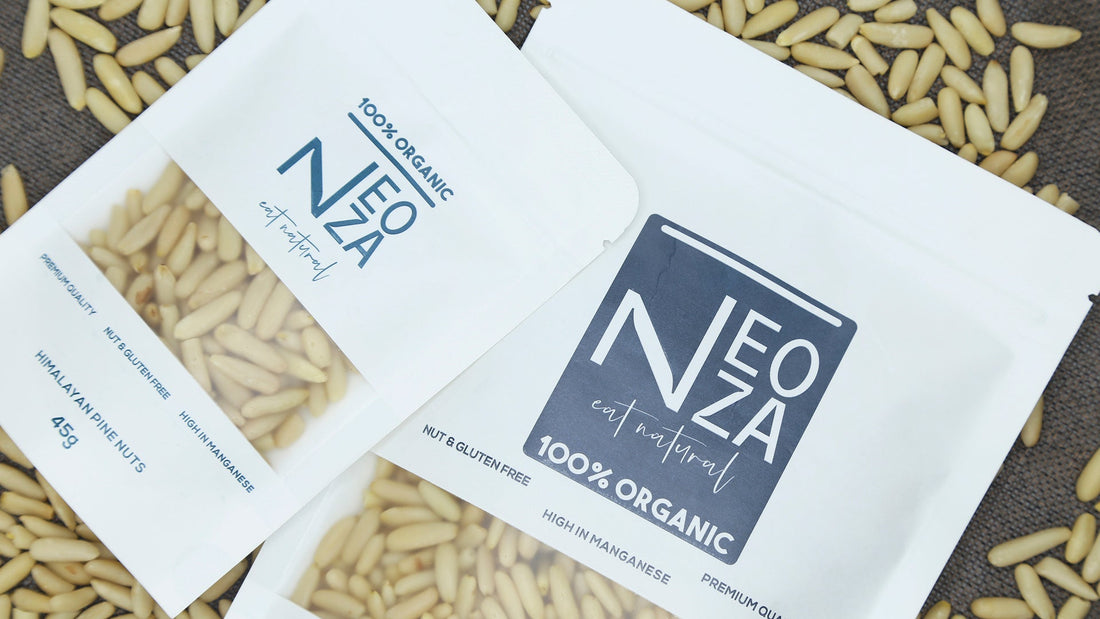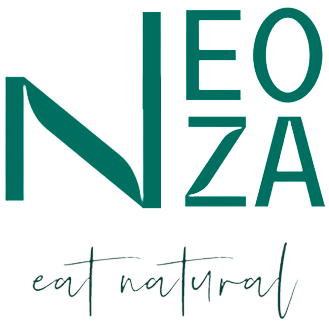
Chilgoza vs. Almonds: Which One is More Exclusive and Expensive in Pakistan?
Hummed BaigIn Pakistan, nuts are more than just a snack—they’re a cultural treasure, woven into traditions, cuisines, and daily life. Among the many nuts cherished in the country, chilgoza (pine nuts) and almonds hold a special place for their unique flavors and health benefits. But when it comes to exclusivity and cost within Pakistan, which one stands out? This article explores chilgoza and almonds from a Pakistani perspective, comparing their origins, nutritional value, uses, and market dynamics to determine which is more exclusive and expensive. Let’s dive in!
Introduction to Chilgoza and Almonds in Pakistan
Nuts are a staple in Pakistani households, from festive gatherings to everyday munching. Chilgoza, harvested from the pine forests of northern Pakistan, and almonds, widely cultivated and imported, are two of the most prized options. While both are loved for their taste and health benefits, their availability, production challenges, and cultural significance set them apart. This article will uncover what makes each nut unique in Pakistan and settle the debate on which is the more exclusive and costly choice.
What Are Chilgoza and Almonds?
Chilgoza (Pine Nuts)
Chilgoza, known locally as the “king of nuts,” is the edible seed of pine trees, primarily found in Pakistan’s northern regions like Gilgit-Baltistan, Chitral, and Khyber Pakhtunkhwa. These creamy, buttery nuts are hand-picked from pine cones in rugged, high-altitude forests. The labor-intensive process and limited growing areas make chilgoza a rare delicacy, often reserved for special occasions or sold at premium prices in markets like Karachi and Lahore.
Almonds
Almonds, or “badaam” in Urdu, are grown in Pakistan’s Balochistan and Khyber Pakhtunkhwa regions, particularly in areas like Quetta and Swat. While local production is significant, Pakistan also imports almonds to meet demand. Known for their crunchy texture and mild flavor, almonds are a household favorite, eaten raw, roasted, or used in dishes like kheer and biryani. They’re widely available, from local bazaars to upscale stores.
Nutritional Comparison
Both chilgoza and almonds are packed with nutrients, catering to Pakistanis’ growing focus on health-conscious eating. Chilgoza is loaded with monounsaturated fats, antioxidants, and vitamins E and K, supporting heart health and immunity—key concerns in a country with rising lifestyle diseases. Almonds shine with vitamin E, magnesium, and fiber, promoting skin health, digestion, and weight management, which resonate with urban Pakistanis adopting balanced diets.
Price and Exclusivity in Pakistan
Chilgoza: The Luxury Nut
Chilgoza commands a steep price in Pakistan due to its scarcity and harvesting challenges. Found in remote areas like the forests of Diamer and Chilas, chilgoza trees take years to mature, and yields are often unpredictable due to weather and deforestation. The nuts are extracted by hand, a time-consuming task often done by local communities in Gilgit-Baltistan. In markets like Islamabad’s Aabpara or Karachi’s Empress Market, chilgoza can cost PKR 8,000–15,000 per kilogram, reflecting its status as a premium product.
Almonds: The Everyday Choice
Almonds are far more accessible in Pakistan, with local varieties from Balochistan and imports keeping prices reasonable. In the same markets, almonds typically range from PKR 1,500–3,000 per kilogram, though premium types like organic or large-sized badaam can go higher. Large-scale farming and imports from countries like Afghanistan stabilize supply, making almonds a common sight in shops and homes across urban and rural Pakistan.
Comparison Table: Chilgoza vs. Almonds in Pakistan
|
Aspect |
Chilgoza |
Almonds |
|
Origin |
Gilgit-Baltistan, Chitral |
Balochistan, Khyber Pakhtunkhwa |
|
Harvest |
Hand-picked, labor-intensive |
Farmed, partly mechanized |
|
Price (PKR/kg) |
8,000–15,000 |
1,500–3,000 |
|
Uses |
Biryani, sweets, snacks |
Kheer, snacks, milk |
|
Availability |
Limited, seasonal |
Widespread, year-round |
|
Exclusivity |
High, cultural delicacy |
Moderate, widely used |
Culinary and Cultural Significance in Pakistan
Chilgoza in Pakistani Culture
In Pakistan, chilgoza is a symbol of pride, especially in northern communities where it’s harvested. It’s a must-have in winter, often roasted and shared during family gatherings in Gilgit or Chitral. In cuisine, chilgoza elevates dishes like biryani and zarda, and it’s used in traditional remedies for colds and fatigue. Its scarcity makes it a thoughtful gift during Eid or weddings, signaling wealth and care.
Almonds in Pakistani Culture
Almonds are deeply embedded in Pakistani food and traditions. They’re a key ingredient in desserts like kheer and sheer khurma, served during Eid-ul-Fitr and weddings. Almonds are also soaked overnight and eaten for breakfast in many households, believed to boost memory and strength. From street vendors selling roasted badaam to mothers packing them in kids’ lunchboxes, almonds are a daily ritual across Pakistan.
Market Trends and Demand in Pakistan
Chilgoza’s market in Pakistan is niche, with demand spiking during winter and festive seasons. Its high cost limits it to affluent buyers or special occasions, and supply issues—like overharvesting and forest degradation—push prices higher. Almonds, however, enjoy steady demand year-round, fueled by their versatility and affordability. Urban centers like Lahore and Karachi see a surge in almond-based products like badaam milk, reflecting modern dietary trends among Pakistan’s middle class.
Which Is More Exclusive and Expensive in Pakistan?
Chilgoza is undeniably the more exclusive and expensive nut in Pakistan. Its limited production in northern forests, coupled with a painstaking harvest process, makes it a rare commodity. Priced at PKR 8,000–15,000 per kilogram, it’s a luxury few can afford regularly. Almonds, while valued and versatile, are far more affordable at PKR 1,500–3,000 per kilogram, with even premium varieties falling short of chilgoza’s cost. For Pakistanis seeking a status-symbol nut, chilgoza reigns supreme.
Health Benefits Breakdown
Chilgoza Health Benefits
-
Heart Support: Monounsaturated fats help manage cholesterol, vital in Pakistan’s high heart-disease context.
-
Immunity Boost: Antioxidants and vitamin K strengthen defenses against seasonal illnesses.
-
Energy Kick: High calories fuel active lifestyles in cold northern regions.
-
Joint Health: Magnesium aids mobility, valued by aging Pakistanis.
Almond Health Benefits
-
Skin Glow: Vitamin E fights dryness, a plus in Pakistan’s harsh winters.
-
Digestive Health: Fiber eases common gut issues in spicy-food diets.
-
Weight Control: Protein curbs overeating, appealing to urban dieters.
-
Brain Boost: Magnesium supports memory, a cultural focus for students.
How to Choose Between Chilgoza and Almonds in Pakistan
Your choice depends on your needs and context:
-
Budget: Almonds are ideal for daily use, fitting most Pakistani household budgets.
-
Occasion: Chilgoza shines for gifting or festive dishes, signaling prestige.
-
Health Needs: Almonds suit skin and digestion goals; chilgoza is better for energy and immunity.
-
Taste: Chilgoza’s buttery richness suits gourmet palates; almonds offer versatile crunch.
Conclusion
In Pakistan, chilgoza and almonds both hold a cherished place, but chilgoza emerges as the more exclusive and expensive nut. Its rarity in the northern forests, labor-intensive harvest, and cultural prestige make it a luxury, priced far above almonds. Almonds, with their widespread availability and versatility, remain the people’s choice for everyday nutrition and cooking. Whether you’re savoring chilgoza in a winter biryani or munching almonds with evening chai, both nuts enrich Pakistan’s culinary and cultural tapestry.
While chilgoza is often seen as the king of premium nuts, it’s worth exploring why it commands such status worldwide. If you want to know more about its rarity and cultural value, read why Chilgoza is considered one of the most premium nuts and how it earns its luxury reputation.
Pine nuts aren’t the only luxury in the dry fruit aisle — they’re often compared to pistachios too. For a full breakdown of taste, texture, and culinary uses, see Chilgoza vs Pista to discover which nut fits your recipes best.
When you’re ready to try the best, stock up on authentic Chilgoza here — fresh, carefully sourced, and delivered to your door for any season or celebration.
